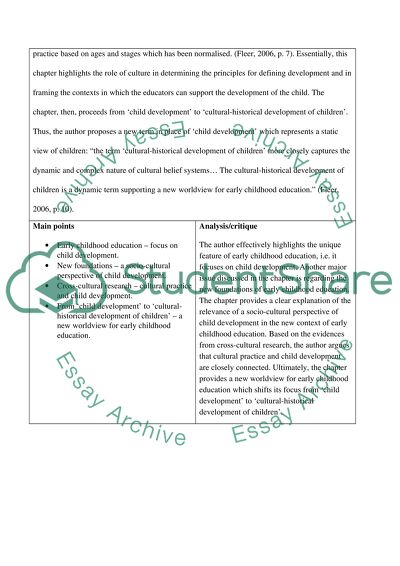Cite this document
(“Early Childhood Learning Communities: socio-cultural research in Essay”, n.d.)
Retrieved from https://studentshare.org/education/1430485-reading-summary
Retrieved from https://studentshare.org/education/1430485-reading-summary
(Early Childhood Learning Communities: Socio-Cultural Research in Essay)
https://studentshare.org/education/1430485-reading-summary.
https://studentshare.org/education/1430485-reading-summary.
“Early Childhood Learning Communities: Socio-Cultural Research in Essay”, n.d. https://studentshare.org/education/1430485-reading-summary.


